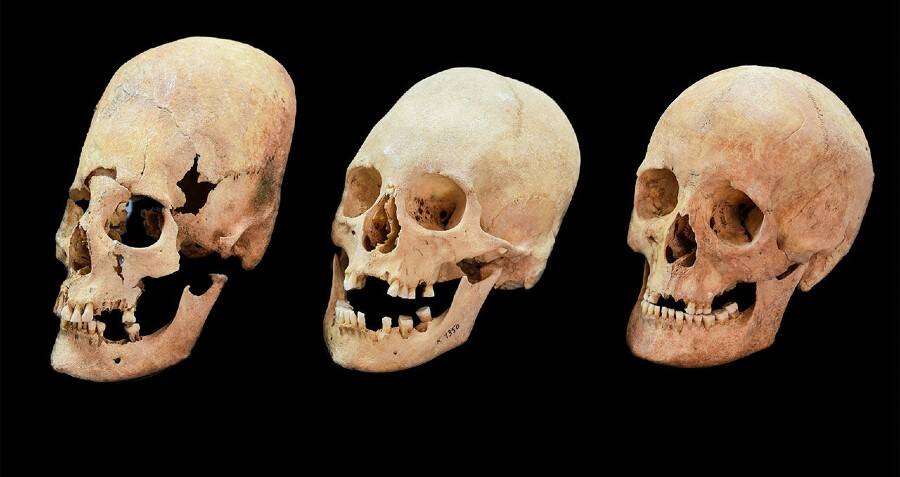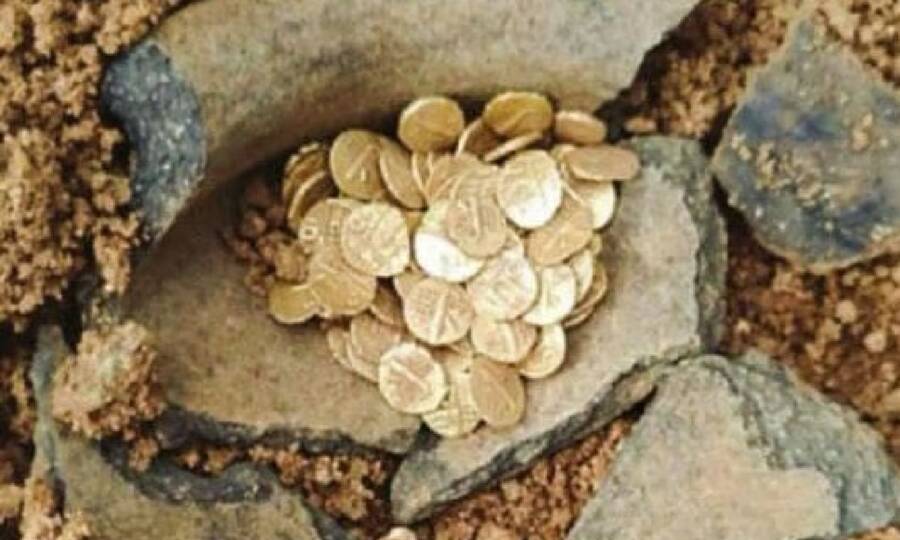Ancient Cemetery in Hungary Reveals Mysterious Elongated Skulls—Could They Unlock Secrets Behind Rome’s Collapse?
After learning about this cemetery full of deformed skulls, read about the Aztec tower of human skulls transforming from legend to archaeological fact. Then, learn about the unearthed Philistine cemetery that could shed light on one of the Bible’s big mysteries.


















